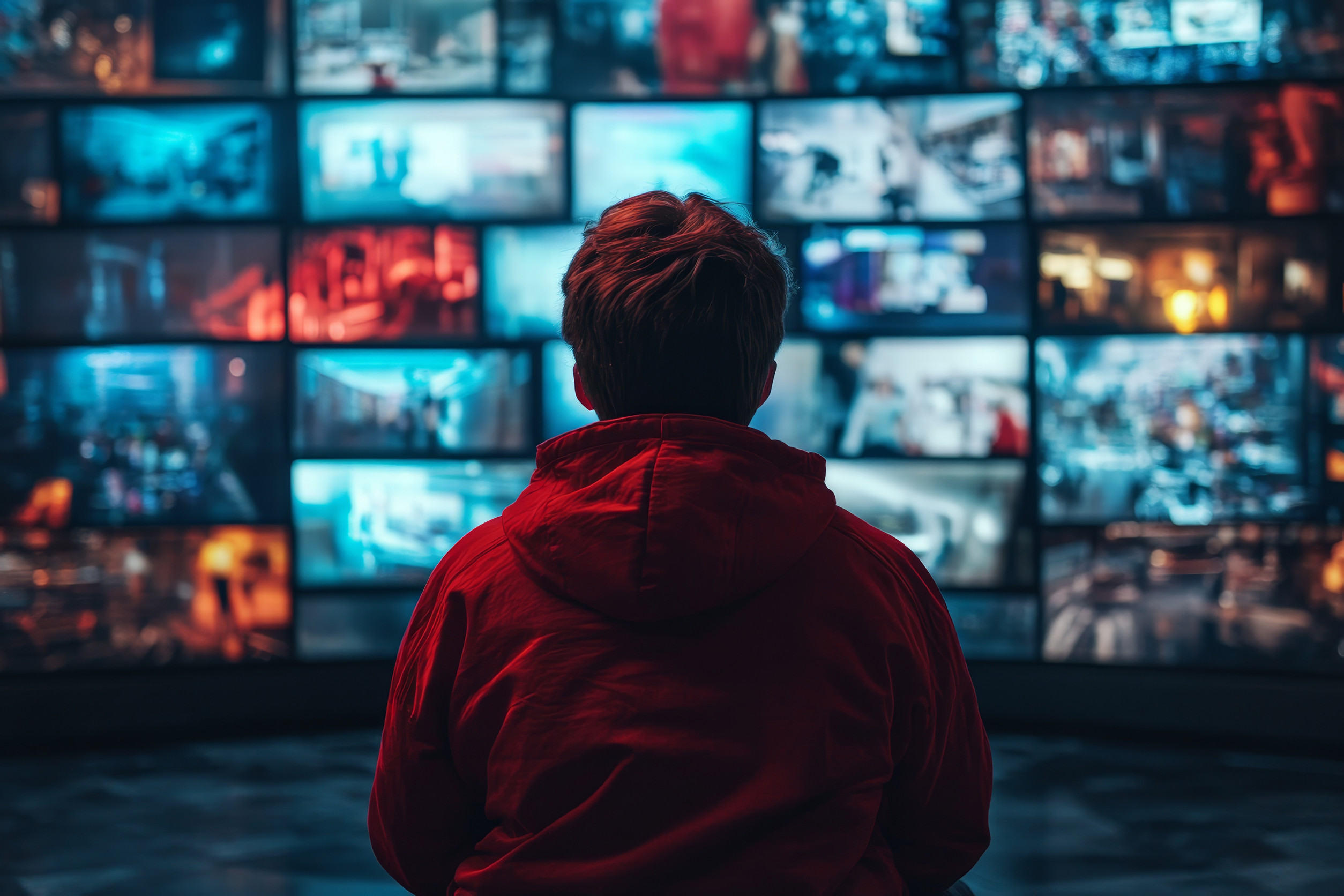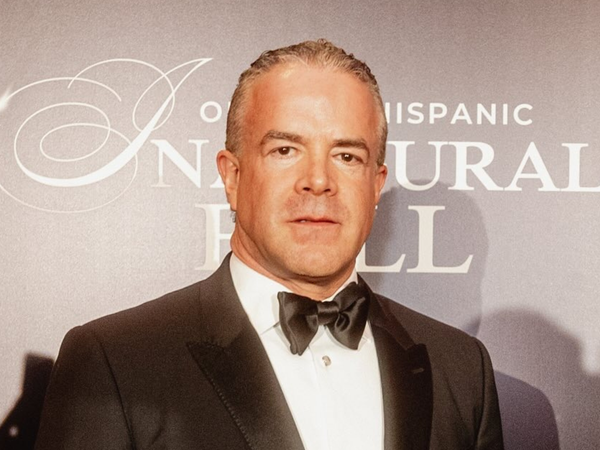
Streaming platforms have revolutionized how stories are told, bringing edgy, high-budget, and endlessly bingeable content into living rooms across the globe. But behind the clever dialogue, magnetic characters, and shocking cliffhangers, some of these shows harbor messages that are far from harmless.
In the name of “dark realism” or “complex storytelling,” certain series subtly normalize toxic behavior, glorify violence, or twist morality in unsettling ways. Viewers often get caught up in the drama without noticing how these themes creep into the cultural subconscious. These popular shows may be compelling, but their deeper implications are worth a closer look.
1. “You” and the Glamorization of Stalking
On the surface, “You” is a psychological thriller about a dangerously obsessive man navigating modern love. But beneath the suspense, the show frequently blurs the line between romance and stalking, allowing audiences to feel sympathy for Joe Goldberg. His internal monologues humanize him to the point where his heinous acts—murder, manipulation, and surveillance—are framed as love-stricken desperation. By giving the predator the role of narrator and romantic lead, the show risks making obsessive behavior seem not only understandable but seductive. It encourages viewers to see danger through rose-tinted glasses.
2. “Euphoria” and the Aestheticization of Addiction
“Euphoria” has been praised for its raw portrayal of teenage struggles, but its visual storytelling often makes drug use look mesmerizing. Stylized scenes, vibrant lighting, and emotionally charged soundtracks turn painful relapses and risky decisions into works of art. While the show addresses the consequences of addiction, its aesthetics risk overshadowing the seriousness of the subject matter. Some viewers may come away more entranced by the spectacle than sobered by the message. In romanticizing the chaos, the line between cautionary tale and glamorized dysfunction becomes dangerously thin.
3. “13 Reasons Why” and the Perils of Revenge Narratives
“13 Reasons Why” sparked intense debate for its depiction of suicide and mental health, but one of its most troubling aspects lies in its structure. By centering the story around a deceased girl’s tapes, the show presents her death as a powerful form of posthumous revenge. It inadvertently implies that suicide is a tool for making others understand pain or feel guilt. This framing can be harmful for vulnerable viewers, especially those struggling with depression. Rather than offering healing or hope, it often reinforces the darkest impulses of emotional turmoil.

4. “The Crown” and the Sanitizing of Power
As a dramatized account of the British royal family, “The Crown” boasts impressive performances and a sweeping historical scope. Yet it often softens the harsh realities of colonialism, political corruption, and class division by focusing on the personal woes of the monarchy. The show invites viewers to sympathize with elite figures while rarely confronting the broader implications of their influence. It creates a version of history that centers privilege and gently ignores oppression. This selective lens reinforces the idea that power is inherently dignified, even when it isn’t.
5. “Emily in Paris” and the Glorification of Cultural Ignorance
“Emily in Paris” is marketed as a lighthearted escape, but its approach to culture borders on dismissive caricature. The protagonist regularly navigates French society with minimal effort to understand or adapt, yet is consistently rewarded for her ignorance. French characters are often portrayed as snobbish or out-of-touch, while Emily’s American assertiveness is framed as superior. The show subtly reinforces the notion that Western perspectives—especially American ones—are inherently more effective or desirable. This undermines the value of cultural humility and promotes a narrow worldview.
6. “The Witcher” and the Masking of Misogyny Behind Fantasy
Set in a brutal fantasy world, “The Witcher” is filled with monsters, magic, and epic battles. But it also contains numerous storylines where women’s pain is exploited for shock value or to motivate male characters. While it features strong female leads, these characters often endure extreme suffering in ways that feel excessive or narratively convenient. The gritty tone may seem genre-appropriate, but it sometimes leans into outdated tropes under the guise of “realism.” This kind of storytelling normalizes violence against women as a plot device, dulling sensitivity to its impact.
7. “Ozark” and the Justification of Criminal Behavior
“Ozark” presents a suburban couple’s descent into money laundering and cartel dealings with gripping tension and impressive nuance. But as the show progresses, viewers are led to empathize with characters who commit horrific acts under the banner of family loyalty and survival. The narrative rarely stops to question whether these motivations truly justify their descent into moral decay. Instead, their actions are presented as clever, even admirable. This narrative framing can subtly erode the distinction between desperation and outright corruption.
8. “Black Mirror” and the Numbing Effect of Technological Dystopia
“Black Mirror” was designed to be a cautionary tale about the dark side of technology, but its constant dystopian framing can desensitize viewers over time. Each episode offers a bleak view of the future, where humanity is crushed by its own inventions. While the message is rooted in warning, the relentless negativity creates a sense of hopeless inevitability. Viewers might become more cynical and less engaged with real-world solutions to tech-related problems. When dread becomes entertainment, it risks turning urgent issues into passive observations.
Be Careful With What You & Your Family Watch
Streaming platforms are filled with brilliant content, but viewers should remain aware of the narratives they consume. Stories have the power to challenge perspectives, but they can also reinforce harmful ideas under the guise of entertainment.
By paying closer attention to these underlying messages, audiences can better separate storytelling from subtle endorsement. It’s not about canceling shows—it’s about watching with critical eyes. What are your thoughts on these hidden messages? Add your comment or share your take below.
Read More
10 Ways To Save On Streaming Services You’ve Never Heard Of
6 TV Networks That Died But Still Influence What You Watch
The post 8 Popular Streaming Shows That Quietly Promote Disturbing Messages appeared first on Everybody Loves Your Money.







